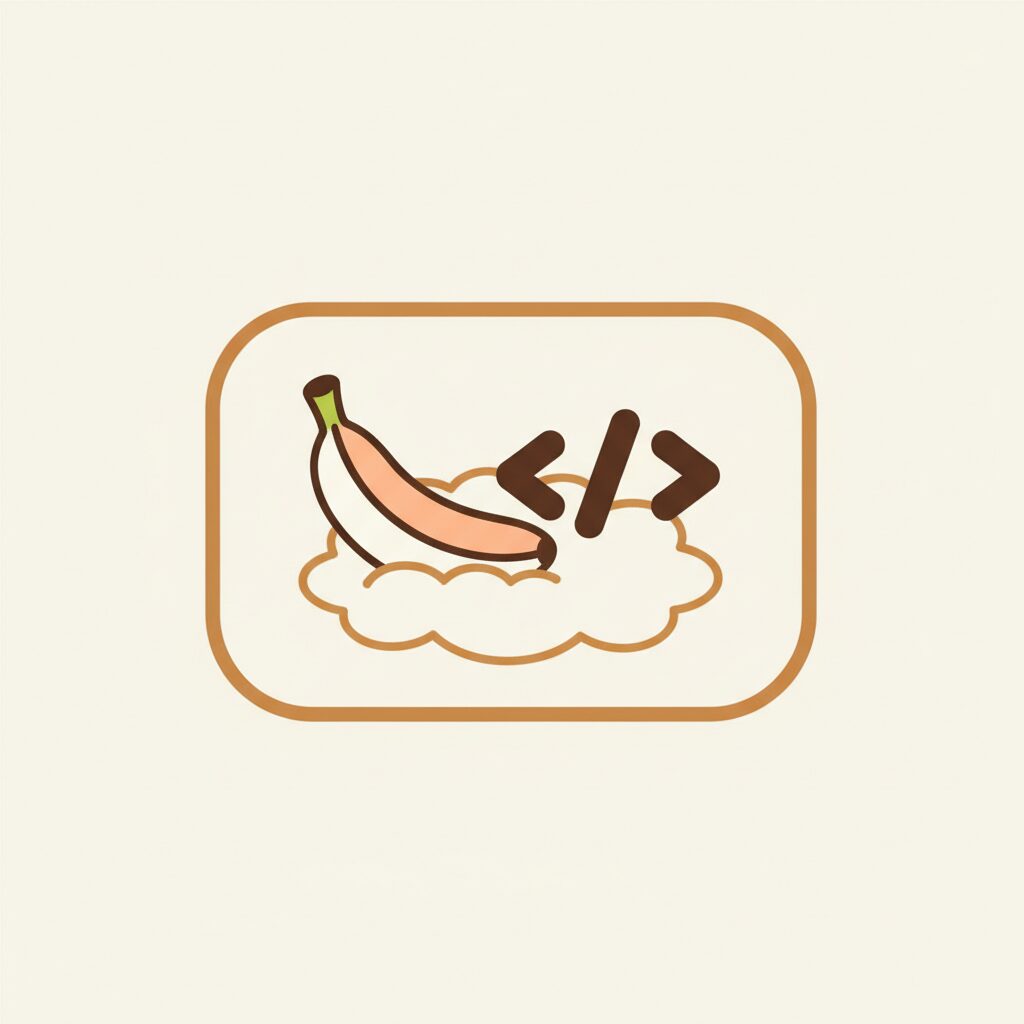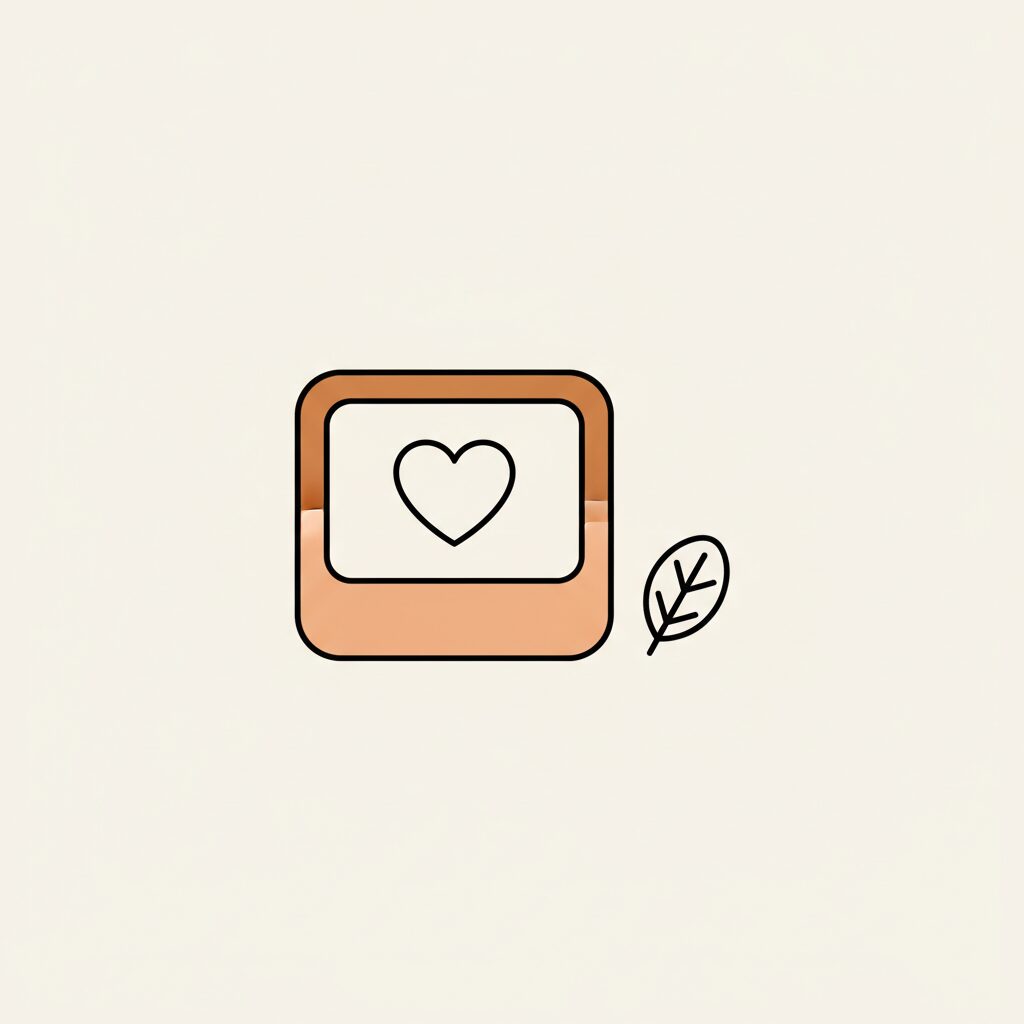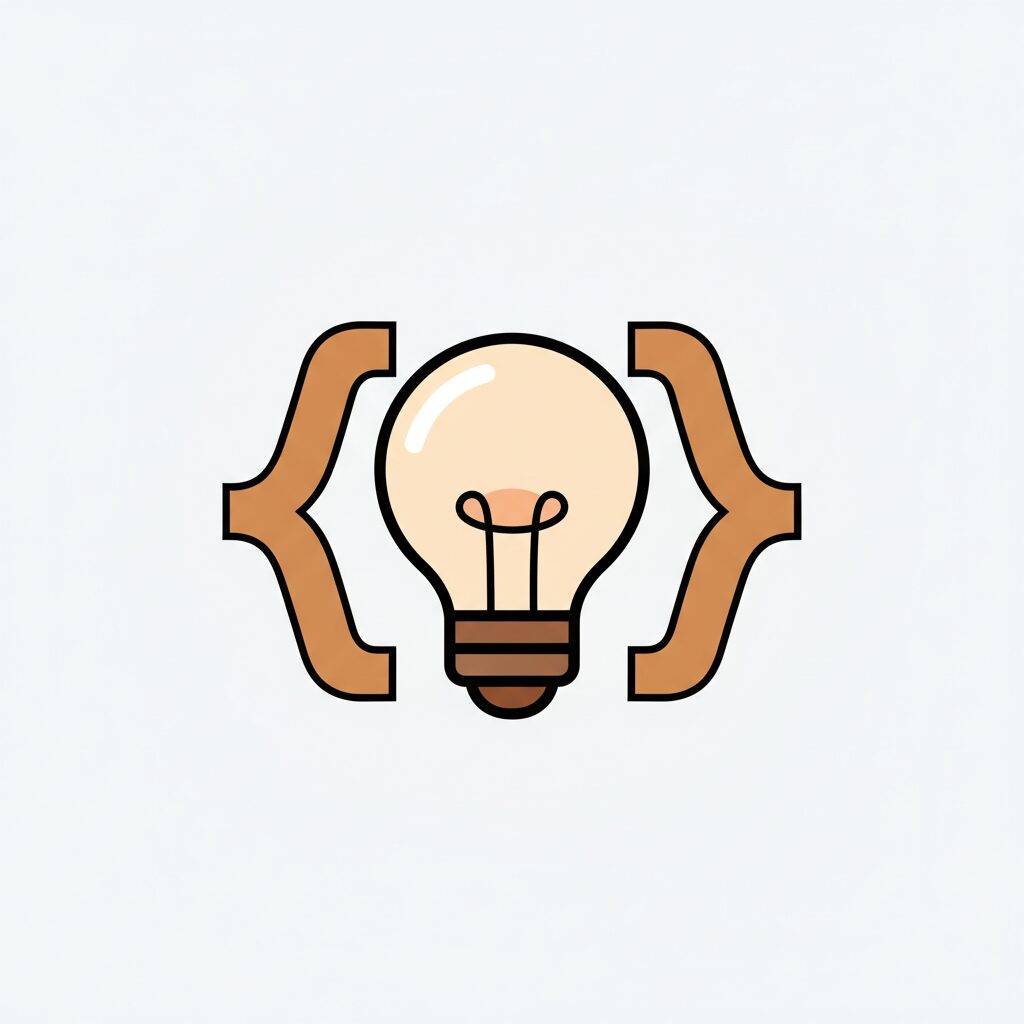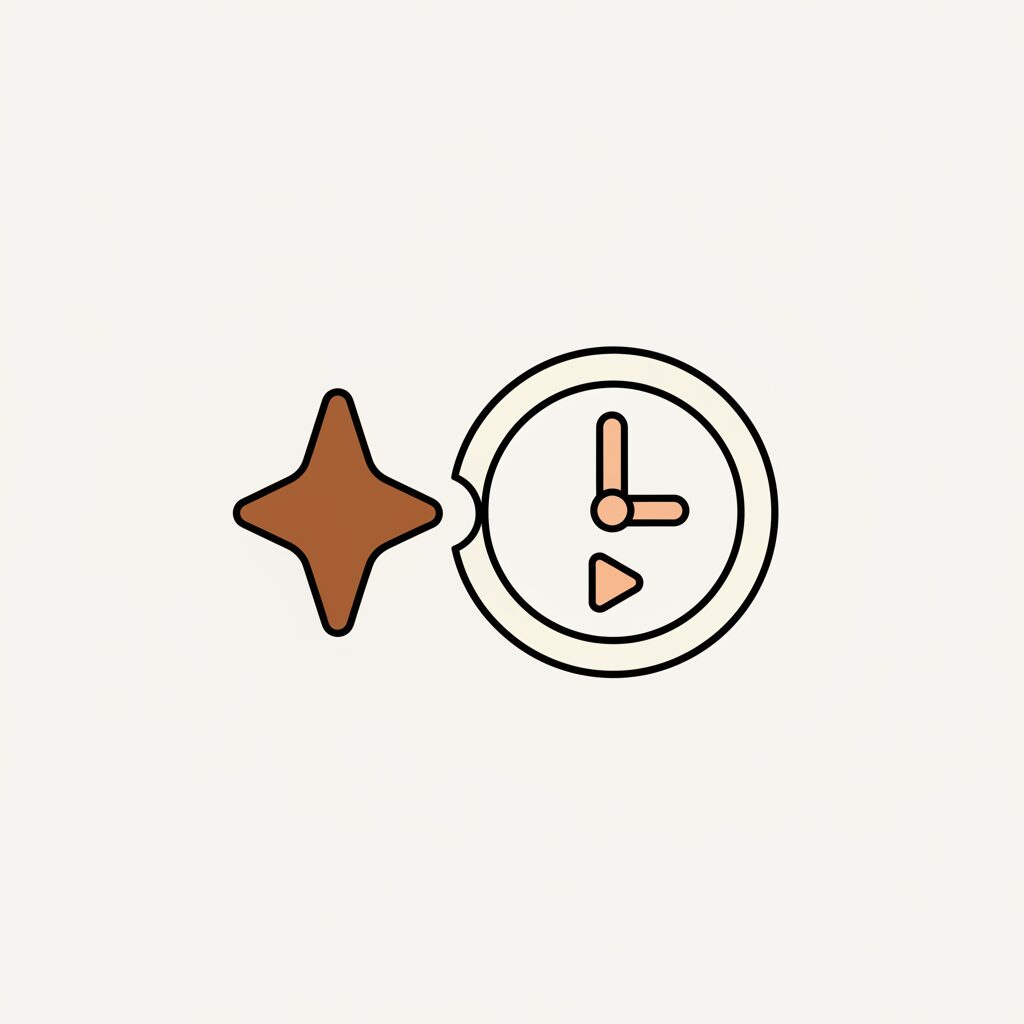
Just when you thought AI couldn’t get more personal, this week’s wave of updates lands on our screens—Google’s ‘Nano Banana’ for image magic that keeps your child’s likeness spot-on, and xAI’s ‘Grok Code Fast’ for whipping up code like pancakes on a Sunday morning. As a dad watching his little one grow, it’s not about the speed of the model but how these tools might help us capture genuine moments or spark curiosity without stealing the joy of simply being kids. Because let’s be real: the most important ‘model’ we’re building every day is our child’s sense of wonder. And that’s why these releases feel less like tech news and more like whispered promises to keep childhood messy, real, and full of wonder.
The Real Magic? Keeping Your Child’s Spark in Every Pixel

Google’s new image model—dubbed ‘Nano Banana’—isn’t just about crisp edits; it’s about seeing your kid fully in every frame. Think of it like this: when we plan family adventures, we want the memories to feel real—not airbrushed into something unrecognizable. As Google explains, maintaining consistent character likeness matters because ‘a depiction that’s “close but not quite the same” doesn’t feel right.’ Ever tried adding silly hats to photos only to lose your child’s spark? That frustration ends here.
Why does this resonate deeply? Our kids morph before our eyes—the toothless grin one month, the thoughtful stare the next. Tools that preserve their essence mean we’re not just crafting images; we’re safeguarding authenticity. Picture your child’s face lighting up as they see themselves as a pirate in last week’s beach photo, but still unmistakably them. No uncanny valley, just pure ‘That’s me!’ joy. It’s a gentle nudge that tech’s greatest gift is stepping back so moments shine through. And isn’t that what we want? For our kids to grow up knowing they’re loved exactly as they are, pixels and all.
Coding Curiosity: What ‘Fast’ Really Means for Young Minds

xAI’s ‘Grok Code Fast 1’ isn’t just a developer’s tool—it’s a beacon for how coding might feel inviting to the next generation. Built for speed and handling complex tasks, it whispers a bigger truth: coding isn’t this scary monster anymore—it’s more like a playful puzzle! As the research notes, it’s ‘versatile across the full stack’ and strong in languages like Python or JavaScript. So how does this speed translate to kid-friendly exploration? Picture this: while your child doodles superheroes, tools like this could one day let them animate a story with simple commands.
The magic isn’t in raising programmers—it’s in nurturing problem-solvers who see tech as clay, not concrete. Balance is key though: just as we don’t let playground time replace dinner-table chats, screen exploration should spark curiosity without eclipsing the stickiness of real-world playdough. Kids build resilience when they know how to unplug and imagine freely, too. Ever seen your kid’s eyes light up discovering something new? That’s where real growth happens—in the messy backyard experiments, not just the clean lines of code.
Tech That Tastes Like Home: Balancing Digital Flavor

Every new tool—Nano Banana’s edits or Grok’s speed—is like adding a new spice to our family recipe book. Delicious in the right dish, overwhelming if dumped in blindly. The real win isn’t how fast we generate images or code; it’s how these tools deepen connection without stealing presence. Remember how your child’s eyes widen spotting a ladybug? That awe? Just like that ladybug moment, no AI can replace the crunch of autumn leaves underfoot or the warmth of shared pancakes after a rainy walk.
Here’s the gentle shift we need: use tech to extend wonder, not replace it. Turn an edited photo into a backyard treasure hunt—‘Let’s find the dragon we created!’ Or pair coding curiosity with kitchen logic: ‘If we add honey, then the tea gets sweeter!’ It’s about intentionality. Are we using these tools to laugh together at a silly AI self-portrait? Or are they pulling us away from the sandbox? Anchor in ‘what if’ moments to keep magic human-scaled. After all, the best memories aren’t pixel-perfect—they’re messy, authentic, and full of sticky fingers.
Simple Sparks for Today’s Tech-Twisted Days

Feeling inspired but not overwhelmed? Try these grounded steps: First, the 10-Minute Spark: after using an AI tool (like generating a space explorer), hop outside for 10 minutes to act it out—cardboard rockets and all. Second, the Code & Cook Connection: introduce ‘if-then’ thinking while baking. ‘If we swirl jam into batter, then the muffins get fruity!’—logic made delicious. Third, the Photo Philosophy Chat: when editing pics, ask gently, ‘Does this still feel like us?’ Teaching kids early that authenticity beats perfection.
These aren’t about making mini-developers or perfect influencers. They’re about nurturing adaptable humans who’ll thrive whether screens exist or not. The tools will evolve; what won’t is the need for scraped knees, shared secrets under blankets, or the sound of rain while reading together. So savor this week’s updates—but keep your focus on what truly shapes little souls: unhurried time, genuine laughter, and the quiet confidence that you’re building resilience one real moment at a time.
Source: AI Week – Google Nano Banana, Grok Code Fast and Other Models, NextBigFuture, 2025/09/01
